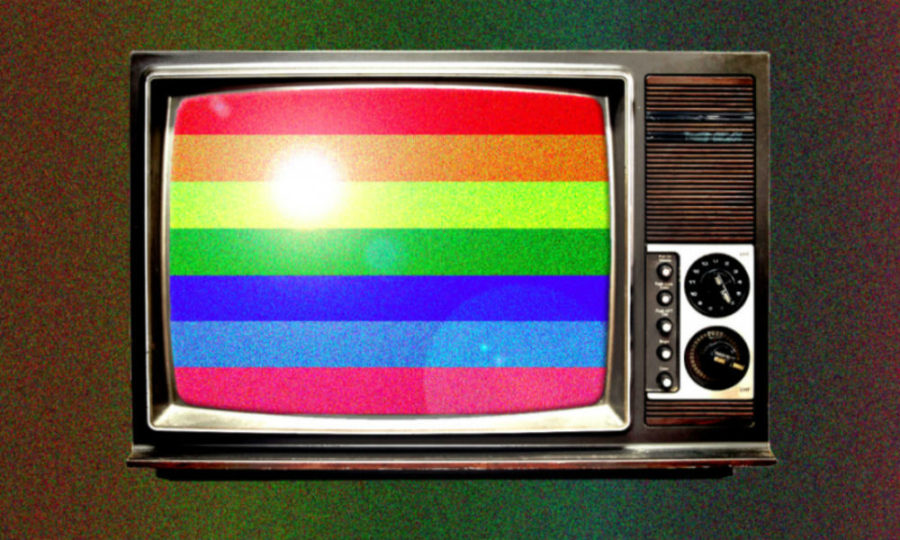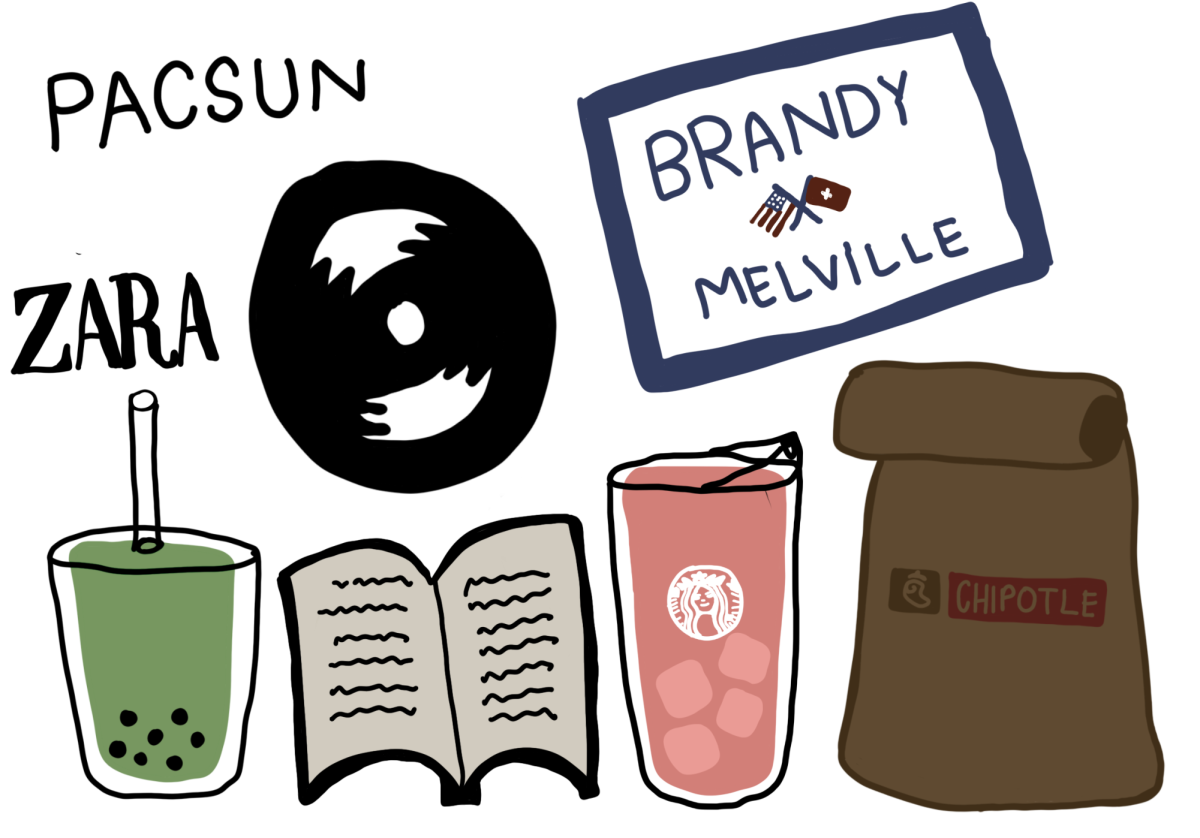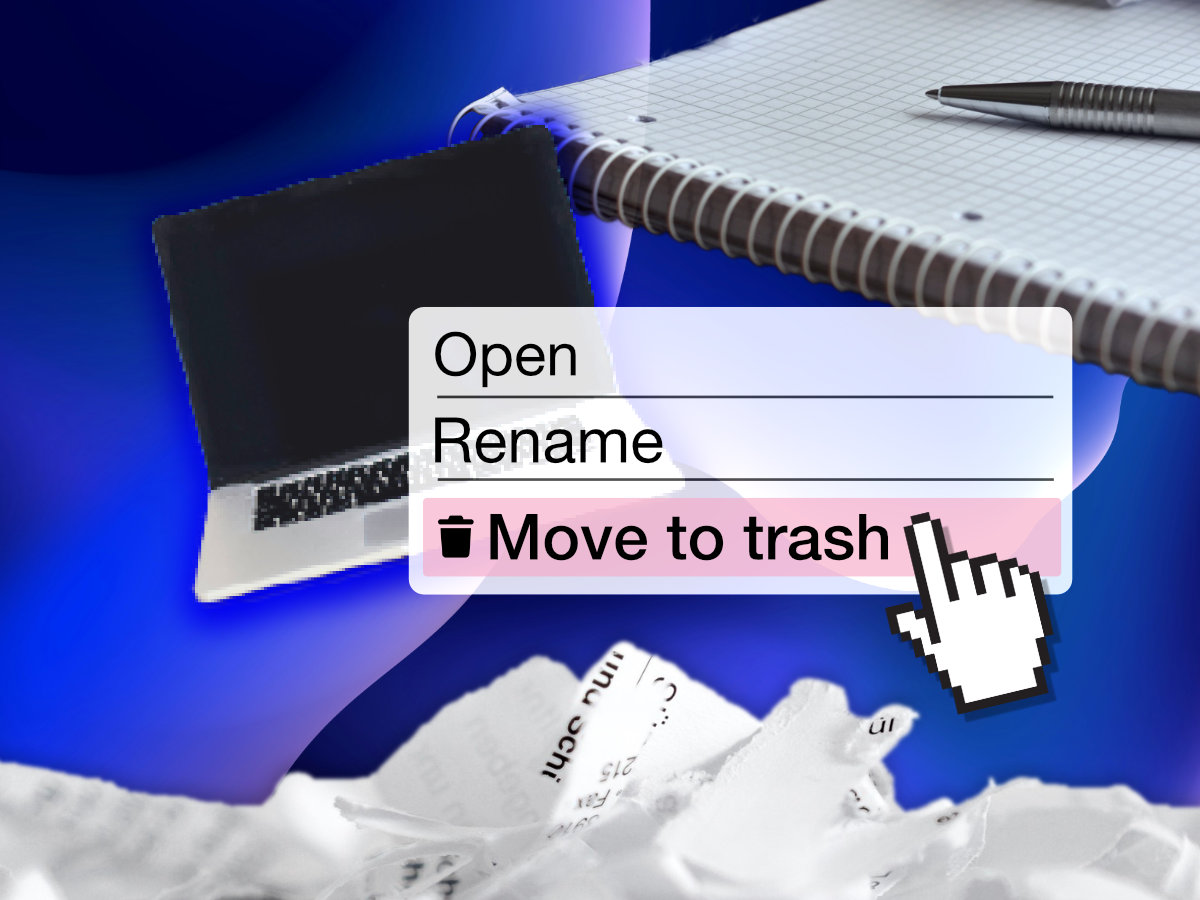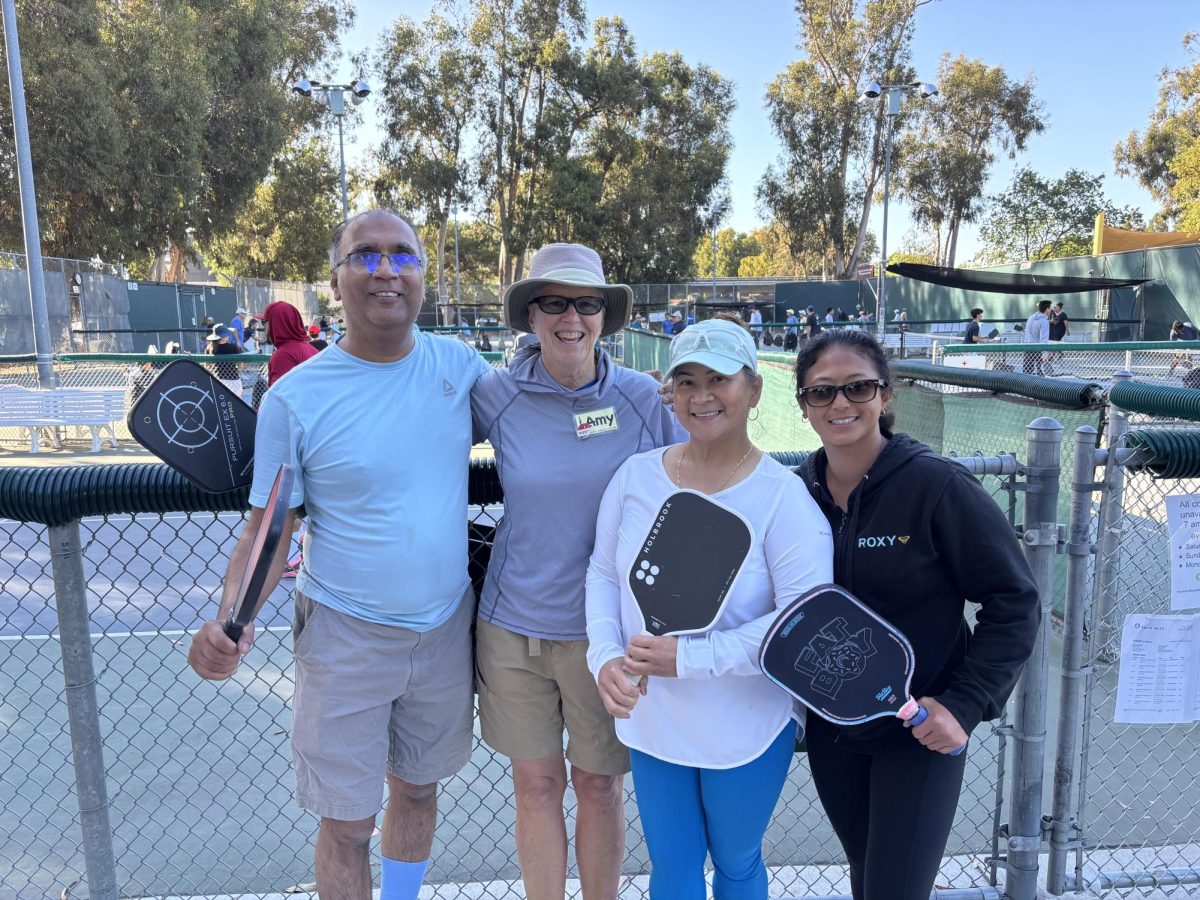In recent years, LGBTQ representation on television has gone up in numbers, but many in the LGBTQ community feel that this is only a small step forward when it comes to LGBT representation on television.
GLAAD’s 2020-2021 Where We Are on TV report found that despite a one percent drop from last year’s record 10.2% of regular LGBTQ characters on primetime TV, LGBTQ representation on TV is still holding steady. 2020 to 2021 primetime series feature 81 regular LGBTQ characters, while streaming service originals from Amazon, Hulu, and Netflix featured 95. Despite the rise in numbers, some members of the LGBTQ community feel that representation is still lacking.
“I think the biggest problem that I see with shows is either not representing it and censoring it, but also bad representation,” Tess Harwood, a Woodside senior, said.
One of the most common forms bad representation comes in is through stereotyping.
“The biggest most awful stereotype [I’ve seen], that is probably one of the most popular ones, is trans women being perceived as evil ugly tricksters who are looking only to sleep with cis men,” Woodside senior Joe Rosa said. “That’s probably the most popular trans character type that is seen on television.”
Avoidance of addressing a character’s sexuality is a nother notable form of bad representation.
“It’s a lot easier to have a character that doesn’t get into a relationship than to properly represent these things,” Woodside senior Lia Whiting said. “There’s a lot of characters who are believed to be asexual or aromantic, but are never canonically given that title.”
A way that has been brought up to solve the problem of bad LGBTQ representation on television is by addressing those who work behind the scenes in television.
“I think that only shows written by queer people, or at least with queer people on the writing team, work out well,” Rosa said. “A lot of times people who aren’t LGBTQ in some way try writing LGBTQ characters, they just don’t know anything about how we work, and so they end up writing stereotypes.”
As for good representation, Harwood, Whiting, Rosa, and Woodside senior Nayan Smuek brought up shows such as Disney’s “The Owl House,” NBC’s “Brooklyn 99,” and Cartoon Network’s “Adventure Time.”
“The show “Brooklyn 99” did a really good job of having an episode where they went into bisexuality with the character Rosa,” Whiting said. “[The show] made it so her character is unique regardless of her sexuality.”
The show “Adventure Time” originally aired from 2010 to 2018, but recently released a four episode limited series on HBO Max that featured a lesbian relationship between the characters Princess Bubblegum and Marceline the Vampire Queen.
“[Adventure Time] was really nice for me to watch, and I felt very well represented, mainly because they are these characters that I grew up with, and seeing them made me really happy,” Harwood stated.
The GLAAD organization created the GLAAD List Competition, which is aimed at finding and mentoring the writers behind some of the most promising unmade LGBTQ-inclusive scripts.
“The thing that matters the most, I think, is intention and research,” Smuek said. “You don’t necessarily have to be queer to write good representation. The problem is when you reduce a character to only being queer and only having that one character trait.”
As for what needs to be done for LGBTQ representation on TV in the future, a common idea is normalizing these groups.
“It’s less representing an individual personally, and more about seeing people that are like you. It helps to normalize your identity and helps to put these ideas out there,” Smuek said.
Normalizing character’s can have an impact on young people who are a part of the LGBTQ community.
“I can’t really think of any trans man characters on television,” Rosa said. “Most of the time when trans men do get represented they’re just always skinny and vaguely feminine, and I’m not either of those things. Trans men are really underrepresented in television.”
Whiting also agreed with this opinion.
“[TV needs] characters who are naturally gay, and where the story naturally mentions it really helps,” Whiting said. “When some TV shows try to have representation… it tends to be stereotyping, or they’ll just have an episode where it talks about hate crimes and goes into all the bad parts about being gay. [Good representation] tells people being gay is all right, being gay is a normal thing.”
A lot still needs to be done to improve LGBTQ representation on television.
“[There is] lots still to accomplish, but we have definitely come a long way,” Smuek said.









